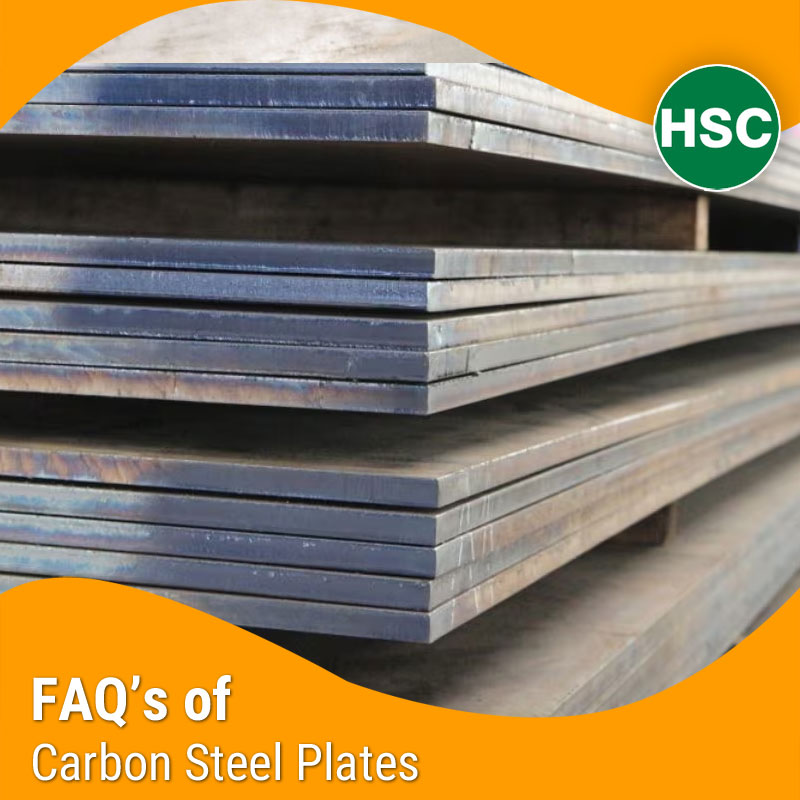IS 2062 vs ASTM A36 – Quick Comparison for Buyers
Are you confused between IS 2062 and ASTM A36 steel plates?
Both are popular carbon steel structural grades, but are they truly equivalent? Let’s clear the confusion.
IS 2062 = Indian Standard
ASTM A36 = American Standard
If you’re buying for projects in India, UAE, Africa, or export markets, this comparison will help you choose the right material.
What is IS 2062 Grade A/B/C?
IS 2062 is an Indian standard for structural steel plates, issued by Bureau of Indian Standards (BIS).
Available Grades:
- Grade A (E250 A)
- Grade B (E250 B)
- Grade C (E250 C)
Common Applications:
Structural Fabrication
General Engineering
Bridges and Buildings
OEM Machine Parts
Applications Where HIND ARMOR 500 Hardness Matters
Where is this hardness range critical?
- Military Vehicle Armor Panels
- Police Riot Control Vehicles
- Bulletproof Doors and Walls
- Shooting Range Bullet Traps
- Blast-Resistant Infrastructure Zones
- Ballistic Shields and Mobile Bunkers
Each of these applications demands high surface hardness to ensure bullet deflection, absorption, and stopping ability.
What is ASTM A36?
ASTM A36 is an American standard structural steel plate, specified by ASTM International.
Applications:
Construction Frames
Bridges
Oilfield Skids
Fabrication of Base Frames and Supports
Mechanical Properties Comparison
| Property | IS 2062 Grade B | ASTM A36 |
|---|---|---|
| Yield Strength | Min 250 MPa | Min 250 MPa |
| Tensile Strength | 410–580 MPa | 400–550 MPa |
| Elongation | 23% Min | 20–23% |
| Impact Testing | Available (J0/J2) | Optional |
For general structural use, both are mechanically close.
Technical Standard & Chemical Composition Differences
| Parameter | IS 2062 Grade B | ASTM A36 |
|---|---|---|
| Standard | IS 2062 (Indian) | ASTM A36 (American) |
| Carbon Content | 0.22% max | 0.26% max |
| Manganese | 1.50% max | 0.60–0.90% |
| Sulphur & Phosphorus | 0.05% max | 0.04% max |
| Silicon | Optional | Optional |
IS 2062 allows more flexibility in carbon content and impact testing grades (A/B/C).
Thickness Range and Plate Sizes
| Range | IS 2062 | ASTM A36 |
|---|---|---|
| Thickness | 6 mm to 150 mm | 6 mm to 150 mm |
| Width | Up to 3000 mm | Up to 3000 mm |
| Length | Up to 12000 mm | Up to 12000 mm |
Both available in standard and cut-to-size options.
Heat Treatment Options
| Condition | IS 2062 | ASTM A36 |
|---|---|---|
| As-Rolled | ✅ | ✅ |
| Normalized | Available (on request) | Optional (Rare) |
| Impact Tested Grades | J0/J2 for IS 2062 | Optional for A36 |
Weldability and Machining Comparison
| Factor | IS 2062 | ASTM A36 |
|---|---|---|
| Weldability | Excellent | Excellent |
| Machining | Good | Good |
| Edge Preparation | ✅ | ✅ |
| Bevel Cutting | ✅ | ✅ |
Both are weldable with standard shop practices.
Price Difference – IS 2062 vs A36
- IS 2062 plates are generally more affordable in India and Asia due to local production.
- A36 plates, being imported or ASTM-certified, tend to be costlier in India, but preferred for export projects or American specs
Export Availability – Both Grades
We export both IS 2062 and ASTM A36 steel plates to:
UAE
South Africa
Saudi Arabia
Vietnam
USA
Qatar
CIF, FOB, and Ex-Works pricing available
Buyer Tip: When to Choose IS 2062 or A36
Choose IS 2062:
- For Indian projects
- For budget-friendly structural fabrication
- If client specs allow IS/BIS material
Choose ASTM A36:
- For export projects
- Where ASTM compliance is mandatory
- For American engineering standards
Certifications and Test Reports
| Certificate | IS 2062 | ASTM A36 |
|---|---|---|
| MTC | ||
| UT Tested | Optional | Optional |
| Impact Test | Available (J0/J2) | Optional |
| Third-Party Inspection |
FAQs for IS 2062 vs ASTM A36 – Are They Equivalent Steel Grades?
Are IS 2062 and ASTM A36 steel plates equivalent?
Technically close, but standards differ.
Can IS 2062 be used as a replacement for ASTM A36?
Sometimes, based on project spec approval
Is ASTM A36 stronger than IS 2062?
Both have similar yield strength (~250 MPa)
Which is cheaper: IS 2062 or ASTM A36?
IS 2062 is usually cheaper in India
Is impact testing mandatory for IS 2062 plates?
For Grade B/J0/J2, impact testing is available
Is ASTM A36 mandatory for US export projects?
Yes, typically.
Which grade is better for bridge fabrication?
Both are used; depends on project spec.
Where can I get a quote for IS 2062 and ASTM A36?
WhatsApp, Email, or Call us for a fast quote.
Still unsure which grade fits your project?
Contact Hindustan Steel Corporation today.Ask for:
- Side-by-side grade comparison PDF
- Best price quote for both options
- Lead time for dispatch

